Home>Furniture & Design>Interior Design Trends>How To Read Eyeglass Prescription
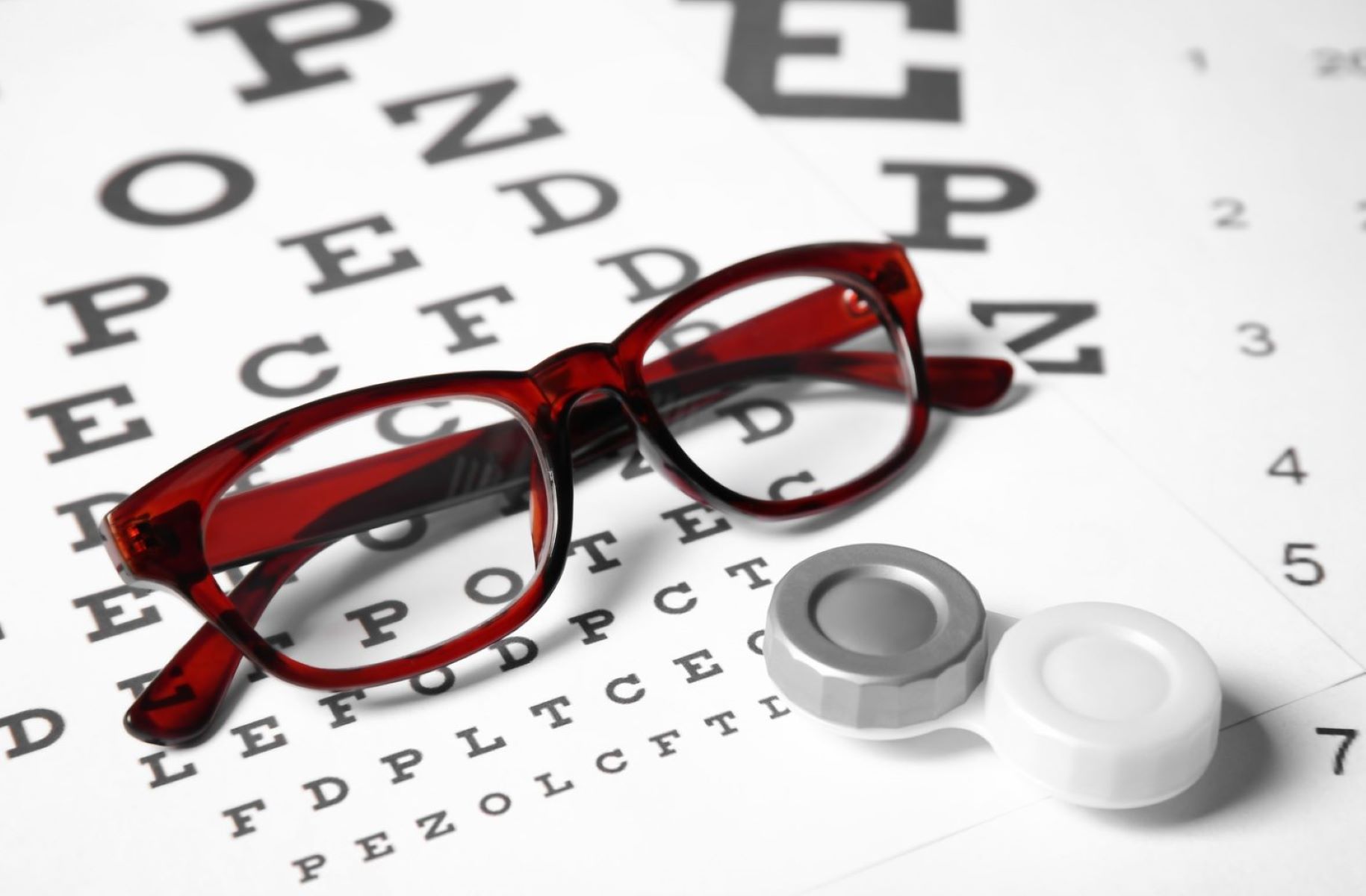

Interior Design Trends
How To Read Eyeglass Prescription
Published: February 4, 2024
Learn how to read your eyeglass prescription and understand the interior design trends to choose the perfect frames for your style and vision needs. Discover the latest interior design trends for eyeglasses.
(Many of the links in this article redirect to a specific reviewed product. Your purchase of these products through affiliate links helps to generate commission for Storables.com, at no extra cost. Learn more)
Understanding the Basics of an Eyeglass Prescription
When you receive your eyeglass prescription from your optometrist, it may seem like a cryptic code at first glance. However, understanding the basics of an eyeglass prescription is essential for ensuring that you receive the correct lenses to address your vision needs. Let's delve into the key components of an eyeglass prescription and demystify the information it contains.
At the top of the prescription, you will typically find the abbreviations "OD" and "OS," which stand for "oculus dexter" and "oculus sinister," respectively. These Latin terms refer to the right eye and left eye, allowing the optometrist to differentiate between the prescriptions for each eye. The prescription will also include measurements for the pupillary distance (PD), which is the distance between the centers of your pupils. This measurement is crucial for ensuring that the lenses are positioned correctly in front of your eyes.
The prescription will then list the refractive error for each eye, expressed in terms of spherical (Sph), cylindrical (Cyl), and axis values. The Sph value indicates the degree of nearsightedness or farsightedness, with a minus sign denoting nearsightedness and a plus sign indicating farsightedness. Meanwhile, the Cyl value represents the degree of astigmatism, a condition in which the cornea is irregularly shaped, leading to distorted vision. The axis value specifies the orientation of the cylindrical correction needed to address astigmatism.
In addition to these values, a prescription for reading glasses may include an "add" value, which indicates the additional magnifying power required for close-up vision. This is particularly important for individuals who experience presbyopia, a common age-related condition that affects near vision.
Understanding the basics of an eyeglass prescription empowers you to make informed decisions when selecting frames and lenses. By familiarizing yourself with the terminology and values in your prescription, you can confidently communicate your vision needs to opticians and optometrists, ensuring that you receive eyewear tailored to your unique requirements.
In the subsequent sections, we will delve deeper into the specific components of an eyeglass prescription, providing clarity on how to decipher the Sph, Cyl, and axis values, interpret the add value for reading glasses, and make sense of the PD measurement. Additionally, we will offer practical tips for reading and understanding your prescription, enabling you to navigate the world of eyewear with confidence and clarity.
Key Takeaways:
- Understand your eyeglass prescription by decoding the Sph, Cyl, and Axis values. They reveal your vision needs and help you communicate effectively with eyecare professionals for personalized lenses.
- The “add” value in your prescription is crucial for addressing near vision needs, especially for presbyopia. It ensures clear and comfortable vision for reading and close-up tasks.
Read more: How To Store Eyeglasses
Deciphering the Sph, Cyl, and Axis Values
Understanding the Sph, Cyl, and Axis values in your eyeglass prescription is crucial for comprehending your visual needs. These values provide specific details about your refractive error and any astigmatism present in your eyes. Let's break down each of these components to gain a clear understanding of what they signify.
Spherical (Sph) Value
The Sph value in your prescription indicates the degree of nearsightedness or farsightedness. Expressed in diopters, a minus sign preceding the number denotes nearsightedness, while a plus sign signifies farsightedness. For example, if your prescription reads -2.50, it means you are moderately nearsighted, while a prescription of +1.75 indicates moderate farsightedness. Understanding this value is essential for selecting the appropriate lenses to correct your vision.
Cylindrical (Cyl) Value
The Cyl value pertains to the degree of astigmatism present in your eyes. Astigmatism occurs when the cornea or lens is irregularly shaped, leading to blurred or distorted vision at various distances. The Cyl value is also measured in diopters and is accompanied by an axis value, which indicates the orientation of the cylindrical correction needed to address the astigmatism. By understanding the Cyl value, you can ensure that your lenses are tailored to correct any astigmatism, thereby enhancing the clarity of your vision.
Axis Value
The axis value in your prescription specifies the orientation of the cylindrical correction required to address astigmatism. It is represented in degrees, ranging from 0 to 180, with 90 degrees indicating vertical astigmatism and 180 degrees denoting horizontal astigmatism. By incorporating the axis value into your lenses, opticians can precisely align the cylindrical correction to match the orientation of your astigmatism, thereby optimizing the effectiveness of your eyewear.
By deciphering the Sph, Cyl, and Axis values in your eyeglass prescription, you gain valuable insights into the specific nature of your refractive error and any astigmatism present in your eyes. Armed with this knowledge, you can confidently communicate your vision needs to eyecare professionals, ensuring that you receive lenses tailored to address your unique visual requirements.
Read more: How To Make Eyeglass Cleaner
Interpreting the Add Value for Reading Glasses
The "add" value in an eyeglass prescription holds significant importance, particularly for individuals experiencing presbyopia, a common age-related condition that affects near vision. When you reach your 40s or 50s, you may notice that reading small print or focusing on close-up tasks becomes increasingly challenging. This is due to the natural aging process, which leads to a gradual loss of flexibility in the eye's lens, making it difficult to switch focus between distant and near objects.
The "add" value, also known as the "addition" or "near vision addition," represents the additional magnifying power required for clear near vision. It is denoted in diopters and is typically found in prescriptions for reading glasses or multifocal lenses. This value is essential for addressing the specific visual needs associated with presbyopia, ensuring that individuals can comfortably engage in activities such as reading, using digital devices, or performing intricate tasks at close range.
For example, if your prescription includes an "add" value of +2.00, it means that you require an additional magnifying power of +2.00 diopters for near vision. This supplementary power enables the eyes to compensate for the reduced ability to focus on close-up objects, thereby enhancing clarity and reducing eye strain when engaging in near tasks.
Understanding the "add" value empowers individuals to select the appropriate lenses to address their near vision needs effectively. By incorporating this value into the prescription, optometrists and opticians can customize reading glasses or multifocal lenses to provide clear and comfortable vision at varying distances. This personalized approach ensures that individuals with presbyopia can maintain their quality of life and continue to perform daily activities with ease.
When interpreting the "add" value for reading glasses, it is essential to communicate any specific visual challenges you encounter during close-up tasks. Whether it's reading fine print, working on crafts, or using digital devices, providing detailed feedback to your eyecare professional enables them to tailor the "add" value to suit your unique visual requirements accurately.
In summary, the "add" value plays a pivotal role in addressing the near vision needs of individuals with presbyopia. By understanding and effectively communicating this value, individuals can access tailored eyewear solutions that enhance their near vision, thereby enriching their daily experiences and activities.
Making Sense of the PD Measurement
The PD, or pupillary distance, is a crucial measurement specified in your eyeglass prescription. This value represents the distance between the centers of your pupils and plays a significant role in ensuring that your lenses are positioned correctly in front of your eyes. Understanding the PD measurement is essential for achieving optimal visual clarity and comfort with your eyewear.
When you receive your eyeglass prescription, you may notice a PD measurement indicated in millimeters. It is typically represented as a single number for each eye or a combined value for both eyes. For example, a PD measurement of 32/30 indicates that the pupillary distance for the right eye is 32mm, while the left eye's PD is 30mm. Alternatively, a single PD value, such as 62mm, may be specified for both eyes.
The PD measurement is crucial for ensuring that the optical centers of the lenses align accurately with your pupils. Proper alignment is essential for maximizing visual acuity, reducing eye strain, and optimizing the performance of your eyeglasses. When the lenses are positioned in alignment with your pupils, you can experience enhanced clarity and a more natural visual experience.
Opticians and eyecare professionals utilize the PD measurement to customize the positioning of lenses within the frames. By aligning the optical centers of the lenses with your pupils, they can ensure that your eyes receive the intended visual correction. This personalized approach enhances the effectiveness of your eyewear, allowing you to experience clear and comfortable vision.
In some cases, the PD measurement may not be included in your prescription, especially if you are purchasing eyeglasses from a different provider than the one who conducted your eye exam. In such instances, it is advisable to request the PD measurement from your optometrist or have it measured by a qualified professional. Accurate PD measurement is essential for the precise fabrication and fitting of your lenses, contributing to the overall performance and comfort of your eyewear.
By understanding the significance of the PD measurement, you can appreciate its role in ensuring the optimal fit and performance of your eyeglasses. Whether you are selecting new frames or replacing lenses, being aware of your PD measurement empowers you to make informed decisions and communicate effectively with eyecare professionals. This knowledge contributes to a personalized eyewear experience that aligns with your unique visual needs and enhances your overall comfort and satisfaction with your eyeglasses.
When reading an eyeglass prescription, the first number is for the power of the lens needed to correct nearsightedness or farsightedness. The higher the number, the stronger the prescription.
Tips for Reading and Understanding Your Prescription
-
Ask Questions: When you receive your eyeglass prescription, don't hesitate to ask your optometrist for clarification on any unfamiliar terms or values. Understanding the specifics of your prescription empowers you to make informed decisions when selecting frames and lenses.
-
Keep a Record: Maintain a record of your eyeglass prescription in a safe and easily accessible location. Having this information readily available allows you to reference it when purchasing new eyewear or consulting with eyecare professionals.
-
Review Regularly: Schedule periodic reviews of your eyeglass prescription to ensure that it accurately reflects your current vision needs. Our eyesight can change over time, and updating your prescription as needed is essential for maintaining optimal visual clarity.
-
Understand the Values: Familiarize yourself with the Sph, Cyl, and Axis values in your prescription. Understanding these components provides insight into your refractive error and any astigmatism present in your eyes, enabling you to communicate your vision needs effectively.
-
Note the Add Value: If your prescription includes an "add" value for reading glasses, recognize its significance in addressing near vision needs, especially if you experience presbyopia. Understanding this value helps in selecting appropriate lenses for close-up tasks.
-
Be Mindful of PD: Pay attention to the pupillary distance (PD) measurement in your prescription. This value is crucial for ensuring that your lenses are positioned correctly in front of your eyes, contributing to optimal visual acuity and comfort.
-
Communicate Effectively: When consulting with opticians or optometrists, clearly communicate any specific visual challenges you encounter during daily activities. Providing detailed feedback enables them to tailor your eyewear to suit your unique visual requirements accurately.
-
Seek Professional Assistance: If you have any concerns or uncertainties regarding your prescription, seek assistance from qualified eyecare professionals. They can provide valuable guidance and address any questions or issues related to your prescription.
By following these tips, you can navigate the process of reading and understanding your eyeglass prescription with confidence and clarity. This knowledge empowers you to make informed decisions regarding your eyewear and ensures that you receive lenses tailored to address your unique vision needs effectively.
Frequently Asked Questions about How To Read Eyeglass Prescription
Was this page helpful?
At Storables.com, we guarantee accurate and reliable information. Our content, validated by Expert Board Contributors, is crafted following stringent Editorial Policies. We're committed to providing you with well-researched, expert-backed insights for all your informational needs.


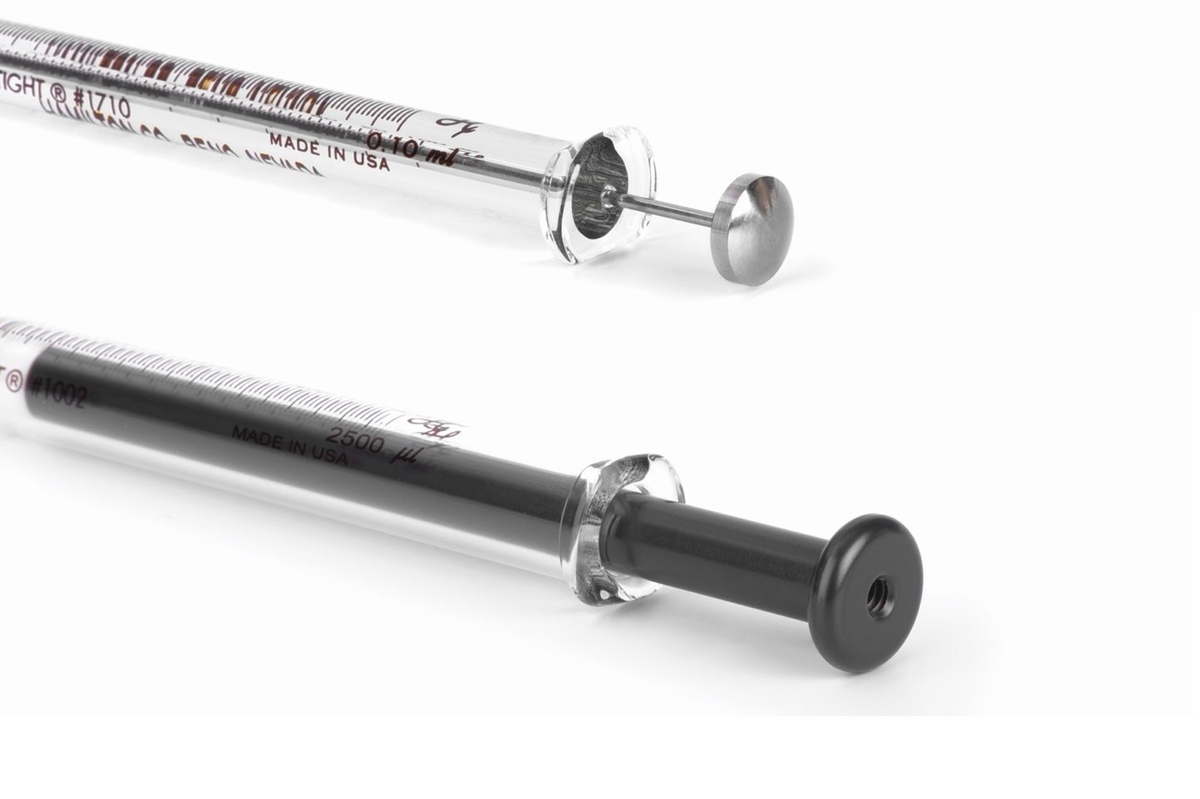


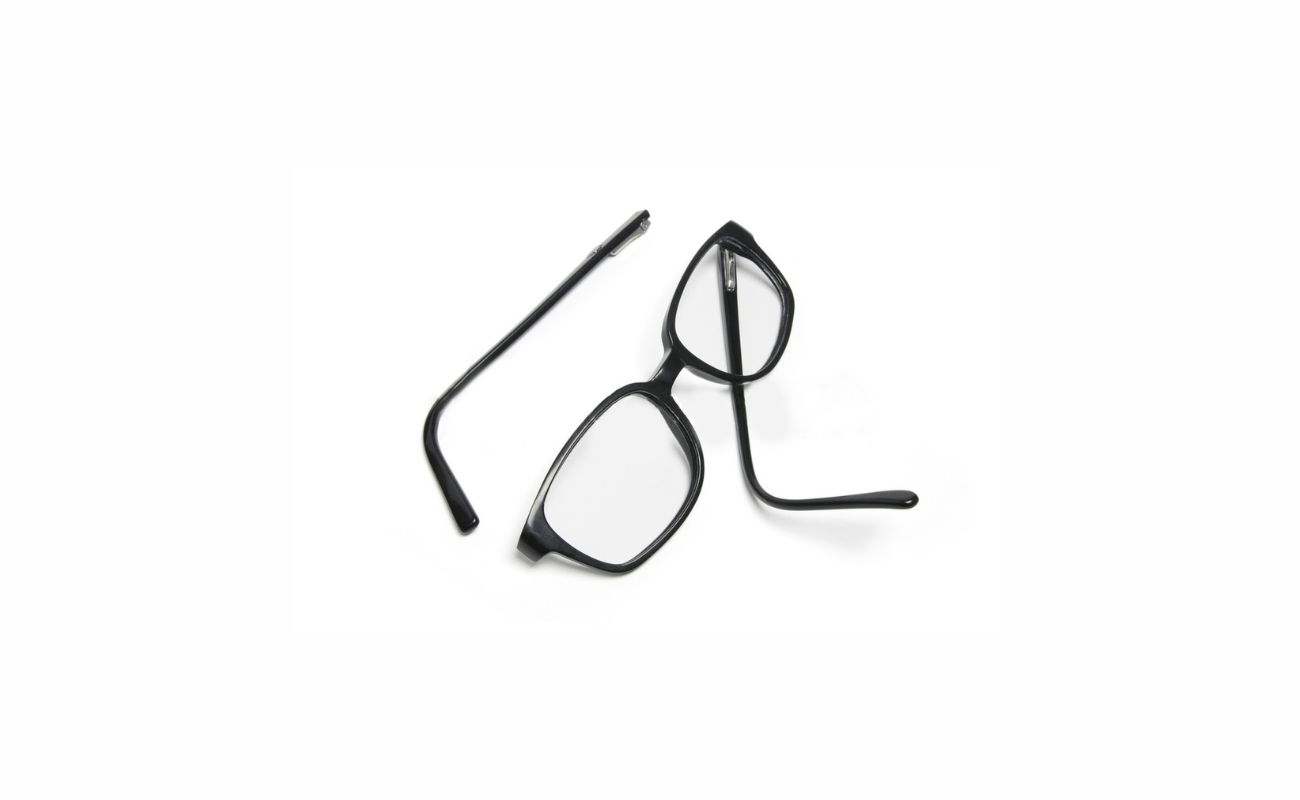

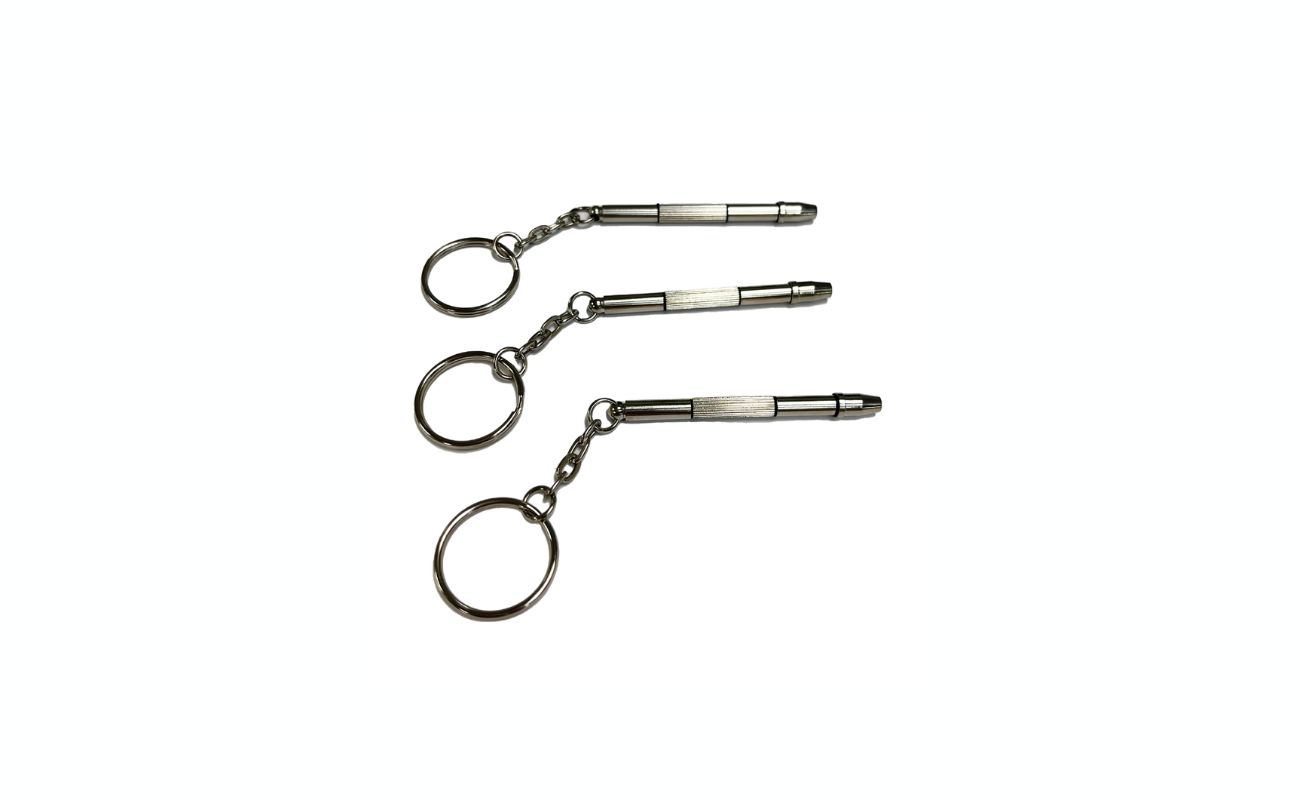


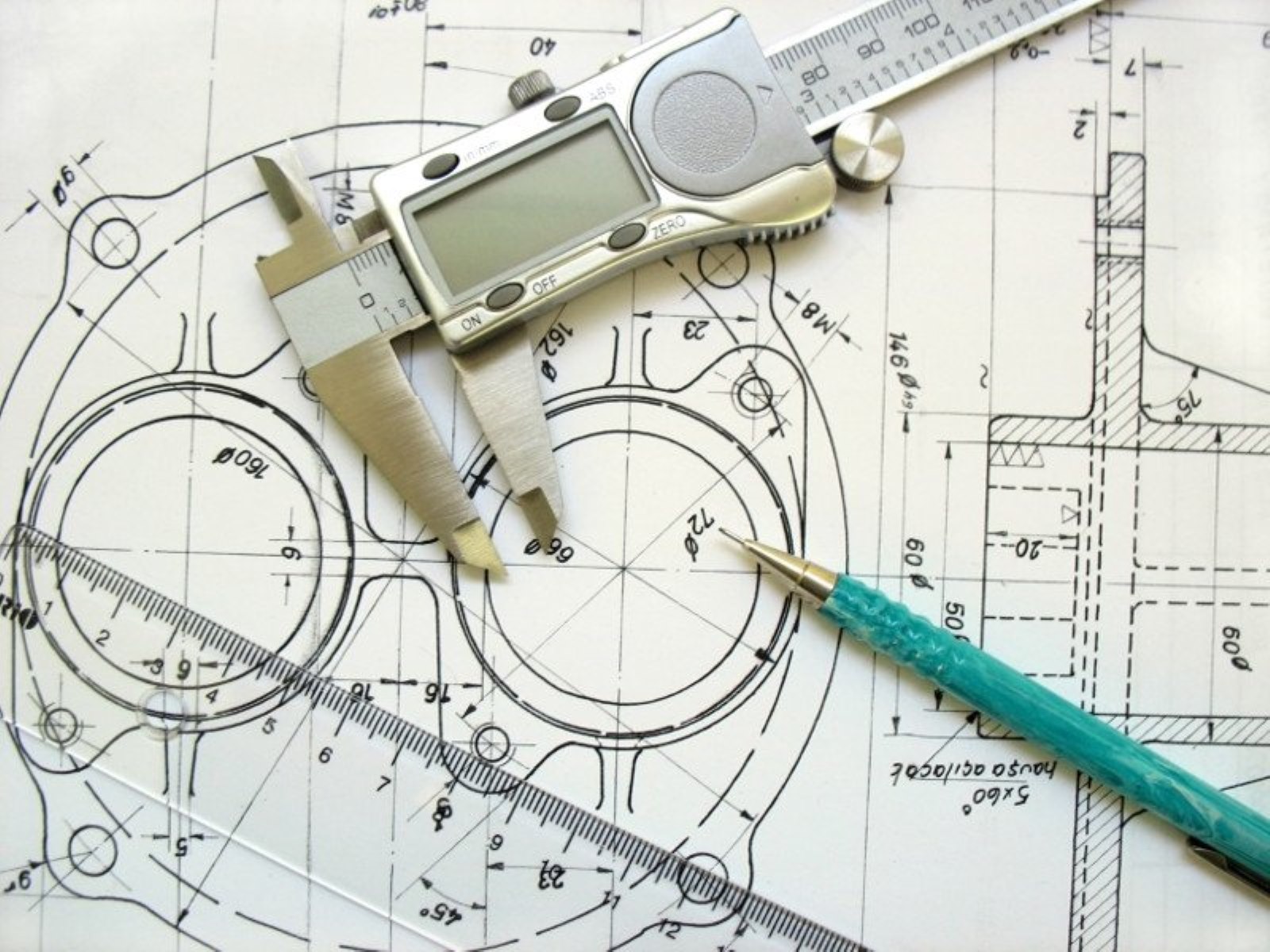




0 thoughts on “How To Read Eyeglass Prescription”